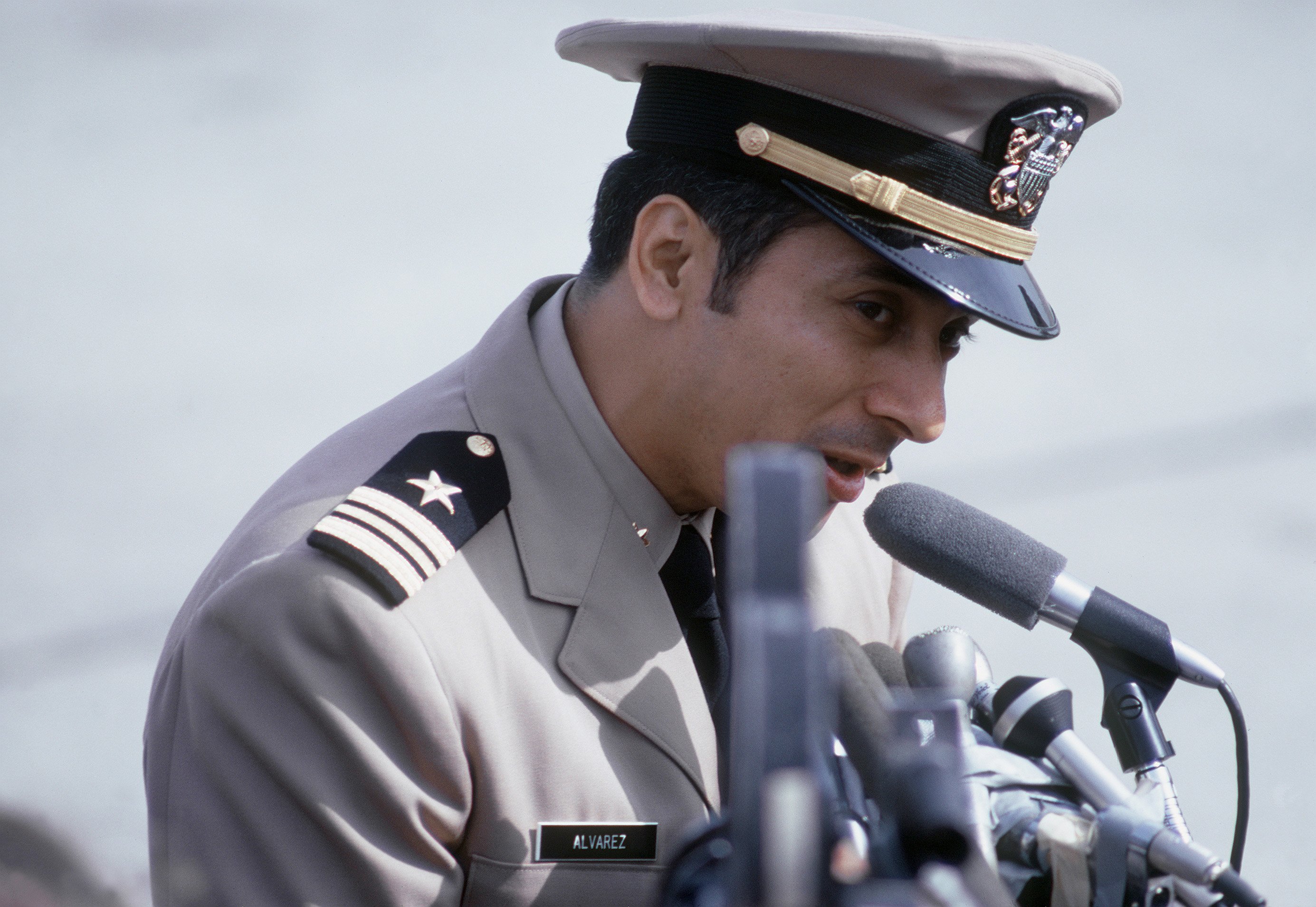

He then had to live with his mom in San Francisco taking care of his older kids. She had to pay back only $1500 of his money used on trips with other men.

His wife took 140,000 of his pay while he was a POW, took his two younger kids, house, car, 40% of his future pension, and $300 a month in child support. Stirm, a recently released prisoner of war, greets his family upon his arrival at Travis Air Force Base. Stirm received a letter from his wife that she wanted a divorce. It is depressing to read that three days before the picture was taken Lt. The centerpiece of the photograph is Stirm’s 15-year-old daughter Lorrie, who is excitedly greeting her father with outstretched arms, as the rest of the family approaches directly behind her.ĭespite outward appearances, the reunion was an unhappy one for Stirm. Stirm being reunited with his family, after spending more than five years in captivity as a prisoner of war in North Vietnam. The photograph depicts United States Air Force Lt. Veder was part of big press showing and remembers that: “You could feel the energy and the raw emotion in the air”. Even though there were only 20 POWs aboard the plane almost 400 family members turned up for the homecoming. Prisoners of war freed from the prison camps in North Vietnam landed at Travis Air Force Base in California. The photograph came to symbolize the end of United States involvement in the Vietnam War and the prevailing sentiment that military personnel and their families could begin a process of healing after enduring the horrors of war. Stirm is reunited with his family at Travis AFB, March 13, 1973.īurst of Joy is a Pulitzer Prize-winning photograph by Associated Press photographer Slava “Sal” Veder. The photograph came to symbolize the end of United States involvement in the Vietnam War, and the prevailing sentiment that military personnel and their families could begin a process of healing after enduring the horrors of limited war.Īfter spending more than five years in a North Vietnamese camp, Lt.


 0 kommentar(er)
0 kommentar(er)
